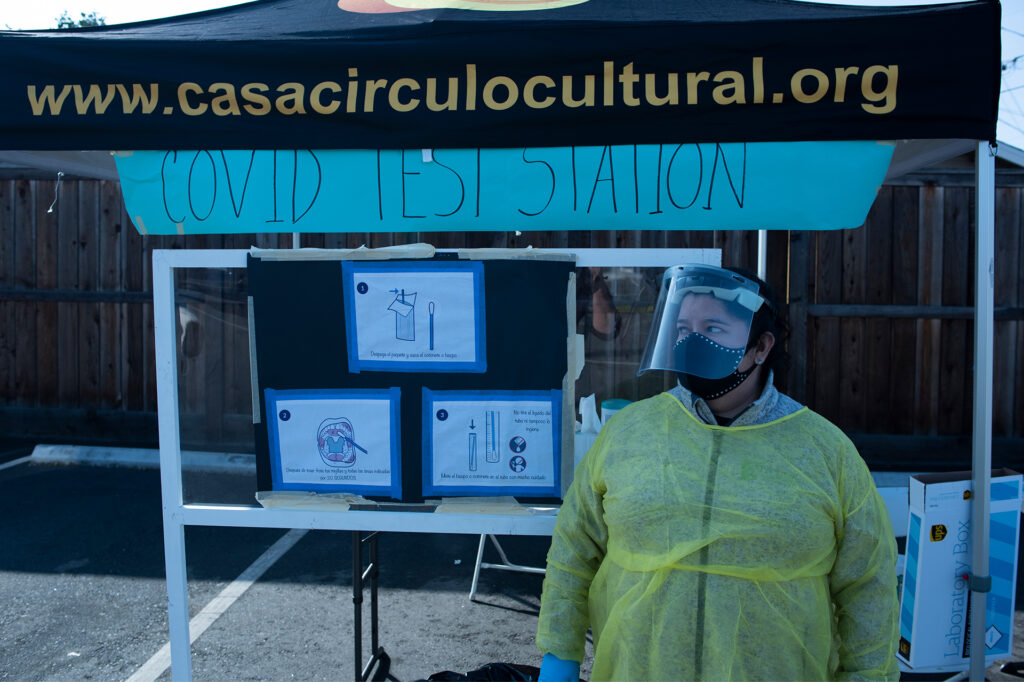
There is no date that does not come, nor a deadline that is not met. In October 2022, Governor Gavin Newsom announced that the State of Emergency for COVID in California will end on February 28, 2023. Today, the state official declared the end of said action, eliminating one of the most effective and necessary tools that California has used to combat the disease that has claimed the lives of 100,187 people.
While it is true that, from the beginning of the pandemic to date, California has recorded 11,105,535 total confirmed cases of COVID-19, California's response to the pandemic saved tens of thousands of lives, protected the economy, distributed financial assistance in the country and built a public health infrastructure.
